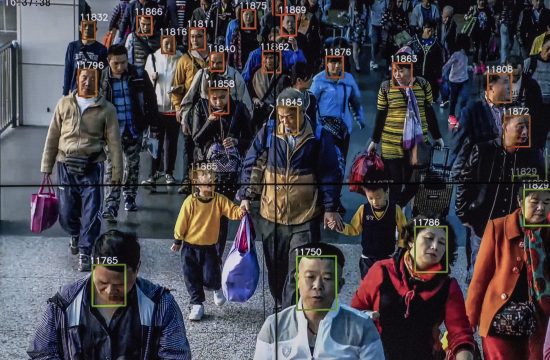
The United States and India reaffirmed their defense and security partnership on Tuesday and signed an agreement allowing New Delhi to access U.S. satellite data crucial for targeting missiles and other military assets.
U.S. Secretary of Defense Mark Esper and his Indian counterpart Rajnath Singh announced the signing of the Basic Exchange and Cooperation Agreement (BECA) in New Delhi between the two countries.
The U.S.-India partnership is more important than ever for regional security and stability, according to Esper. “We stand shoulder-to-shoulder in support of a free and open Indo-Pacific for all, particularly in light of increasing aggression and destabilizing activities by China,” he said in remarks shared by the State Department.
Esper, along with U.S. Secretary of State Mike Pompeo, was in India to meet Singh and India’s external affairs minister, Subrahmanyam Jaishankar, for the U.S.-India 2+2 Ministerial Dialogue.
BECA is the last of four foundational defense agreements between the two countries. The United States typically signs such agreements with its close allies that allows for the exchange of sensitive and classified information.
The U.S. and India have already signed three previous pacts to further cooperation around military logistics and communications:
- General Security of Military Information Agreement in 2002;
- Logistics Exchange Memorandum of Agreement in 2016;
- Communications Compatibility and Security Agreement in 2018.
Under the BECA agreement, India will have access to a range of topographical, nautical and aeronautical data that are seen as vital for targeting missiles and armed drones, Reuters reported. It will also allow the U.S. to provide advanced navigational aids and electronic systems for aviation on U.S.-supplied aircraft to India, the news wire said, citing an Indian defense source.
Singh said the positioning of a U.S. Navy liaison officer in the Indian navy’s information sharing hub — the Indian Fusion Center-Indian Ocean Region — and the placement of an Indian liaison officer at the United States Naval Forces Central Command Bahrain could be “leveraged to enhance our information-sharing architecture.”
“To sum it up, our military-to-military cooperation is progressing very well,” Singh added.
Both the U.S. and India are set to participate next month in the Malabar naval exercises in the Indian Ocean along with Japan and Australia.
New Delhi had previously resisted the idea of including Australia in the joint-exercises out of concern over provoking Beijing but India’s relationship with China has deteriorated in recent months over tense border clashes in the Himalayas that killed 20 Indian soldiers.
The four countries have an informal strategic dialogue between them known as the Quadrilateral Security Dialogue, commonly referred to as the “Quad.” While it is described as a collective effort to advance a free, open and inclusive Indo-Pacific region, some experts say its existence is seen as a potential deterrent to China’s growing presence in the region.
“India’s recent decision to include Australia in the upcoming Malabar Naval Exercise alongside American, Indian, and Japanese forces reflects an acknowledgement of the importance of working multilaterally together to address global challenges,” Esper said on Tuesday.


